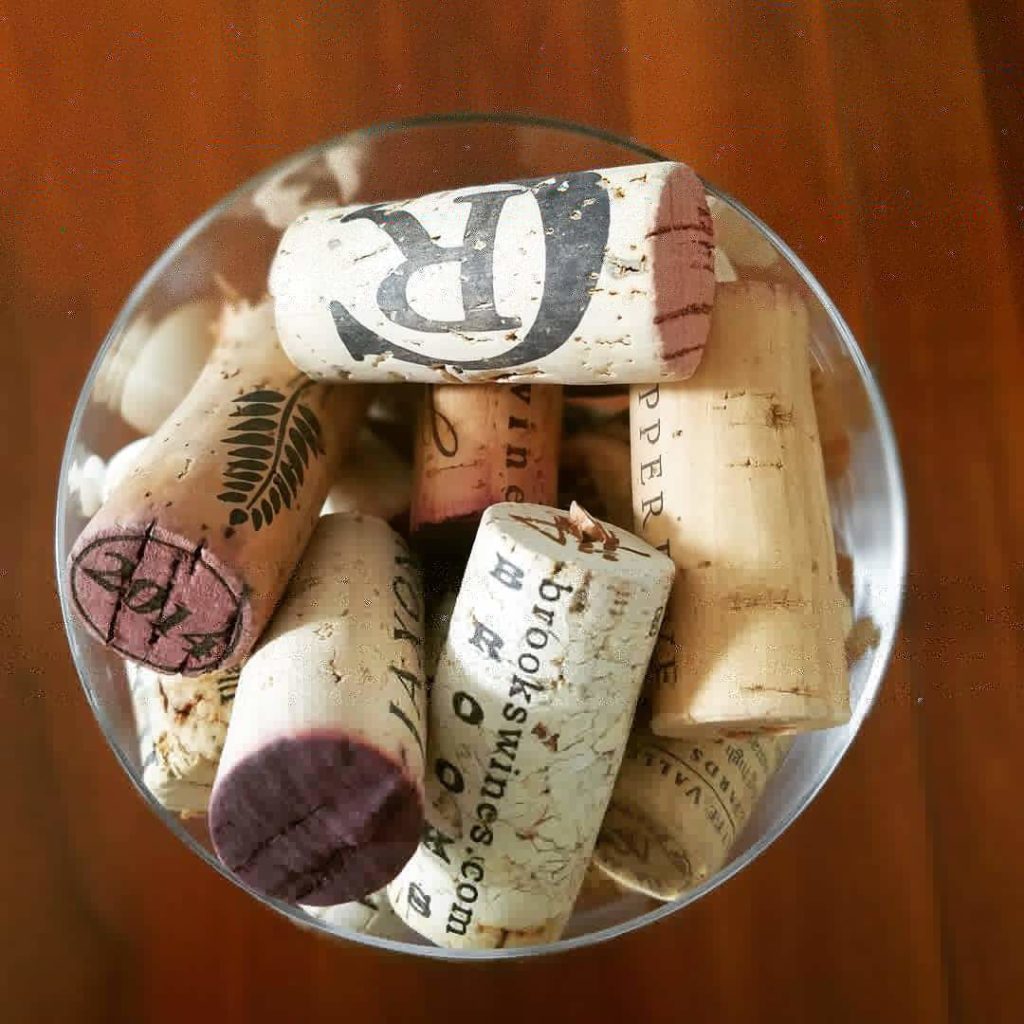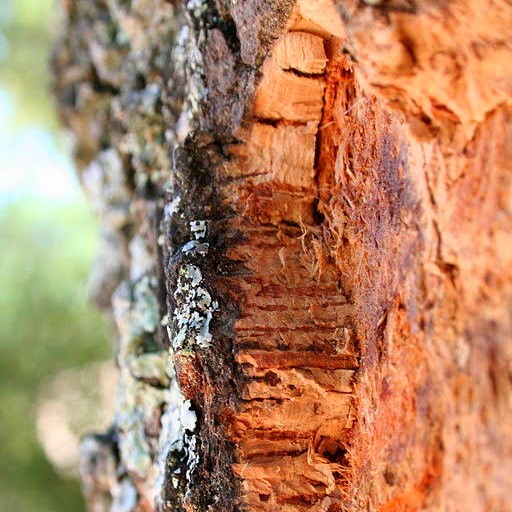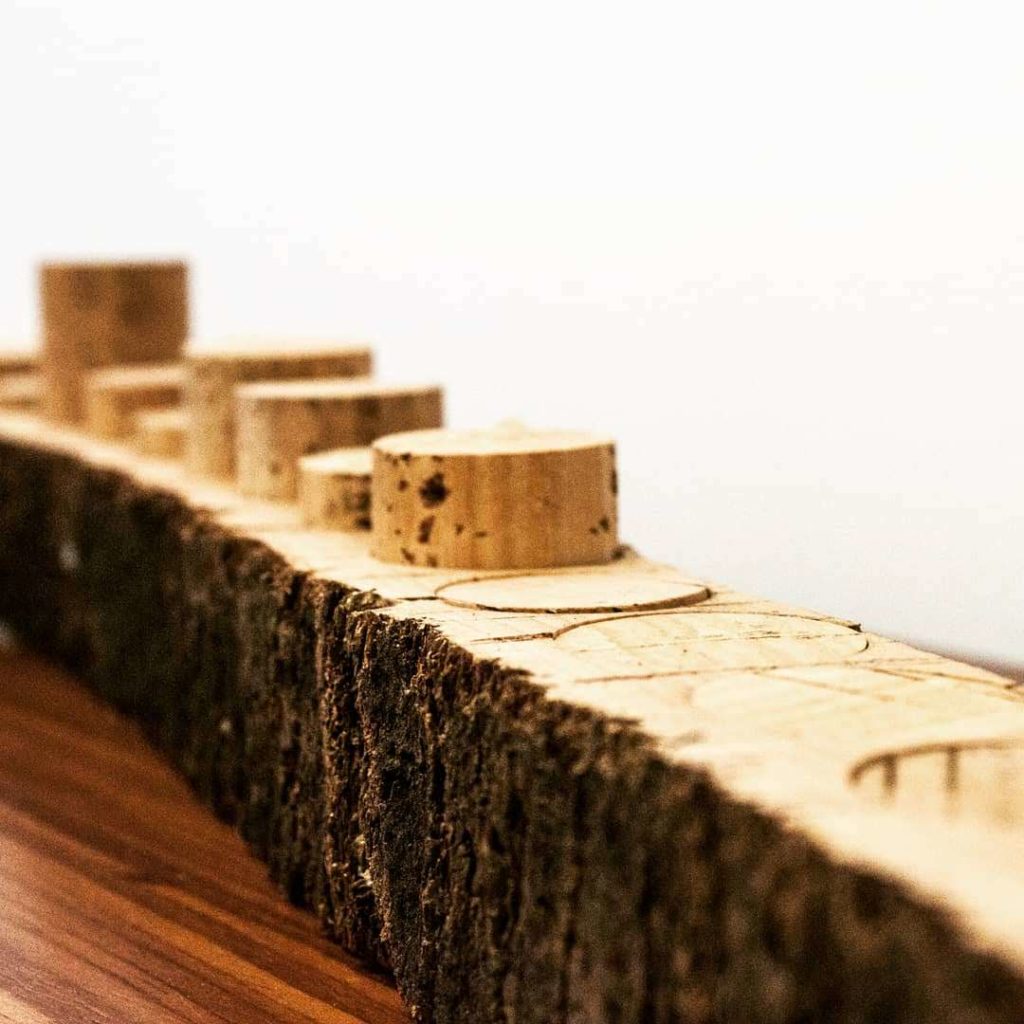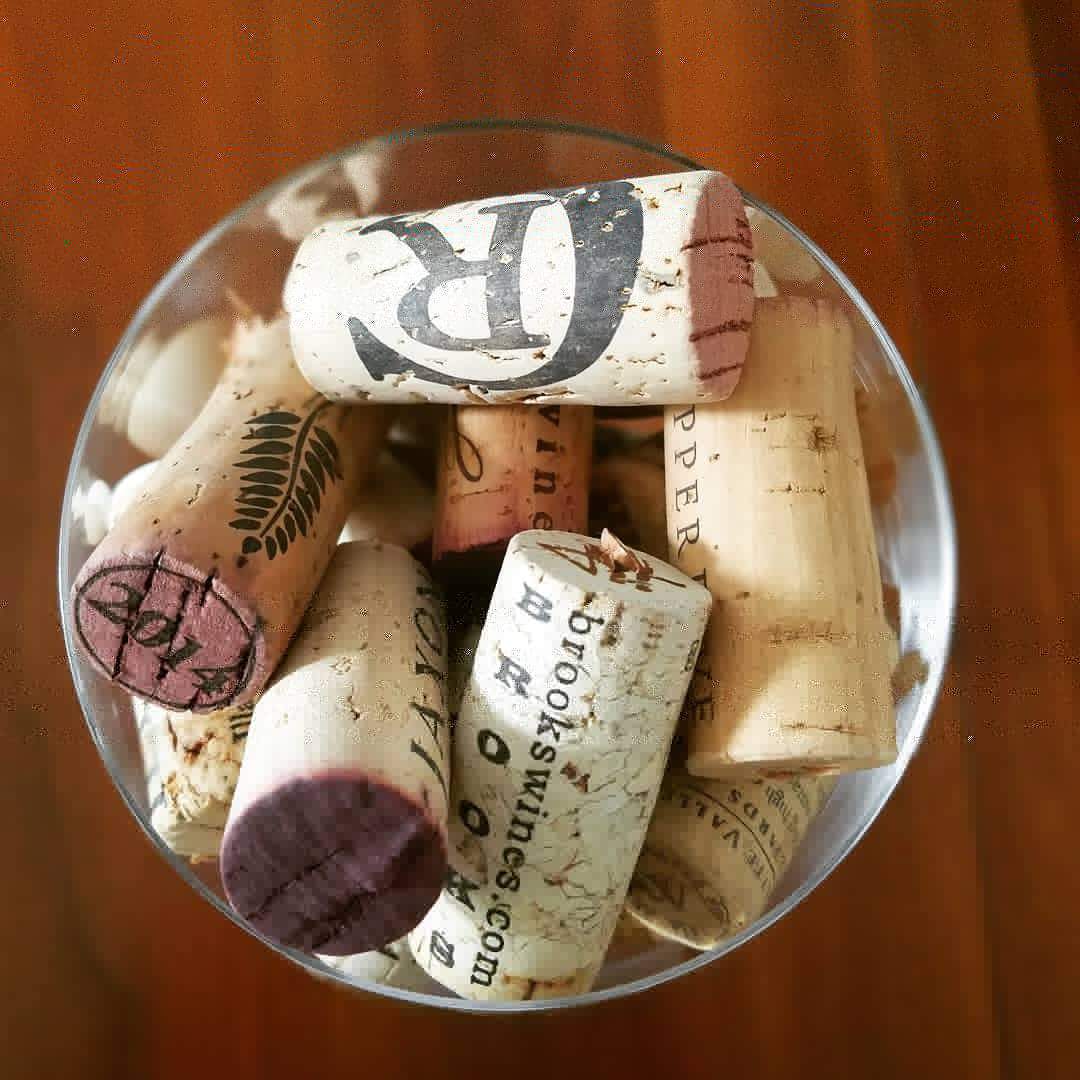We all love that “pop” sound when we uncork a bottle of wine, but have you ever wondered where cork comes from?

Cork comes from the bark of a special oak tree.
Your beloved wine closure comes from the bark of an oak tree, known as Quercus Suber. But don’t worry, we don’t have to cut down the oak trees to use the bark. This tree is special. It’s one of the only trees where you can strip the bark and the tree will go on living. Cork trees can live up to 300 years and the bark is hand harvested by skilled professionals every nine years. Majority of the world’s cork comes from forests in the Mediterranean. Portugal alone produces 50% of the supply.

The trees get to live. You don’t have to cut down these special trees to make cork closures.
What makes cork an ideal closure, and why wine producers have been using cork for centuries is its unique cellular composition that makes it impermeable to liquid and gas, while also being flexible enough to get back in the bottle after a glass or two.

Cork is a sustainable, natural, and renewable wine closure.
Not to mention, cork is a natural product and 100% renewable and biodegradable, which is amazing.


